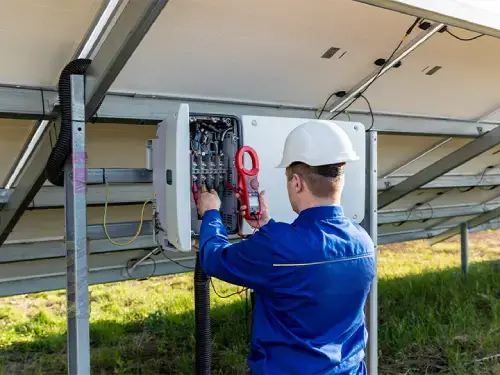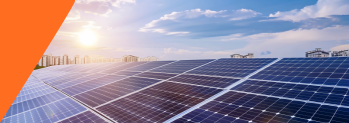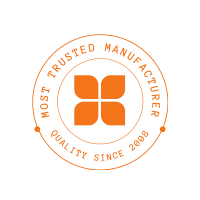When it comes to solar panels, every component matters for performance and safety. One such crucial component is the solar junction box.The junction box holds the critical electrical connections to the rest of the PV system, allowing the energy harvested from the solar panel to flow into the inverter. It plays a key role in ensuring that the electricity your solar panel generates is safely and efficiently transmitted to your system. For instance, if a solar panel is installed on a rooftop in a region with heavy rains. Without a properly sealed junction box, water could seep in and cause short circuits or power loss. A high-quality junction box prevents this by keeping the electrical connections secure and protected, ensuring consistent energy flow even in harsh weather.
This guide provides all the information you need to install a junction box for solar panels, the best materials to use, the current standards and best practices in the industry, and the maintenance requirements of junction box units to ensure longevity.
Types of Junction Boxes
Solar panel junction boxes come in different types, each built to handle specific system needs and environmental challenges:
Key Components Inside the Junction Box
A solar PV junction box is typically used in crystalline silicon or thin-film photovoltaic modules. It consists of three essential parts: the box body, solar PV cable, and solar connector. Inside, several components work together to ensure the safe and efficient transfer of power. These components play a critical role in protecting the solar module from damage, reducing energy loss, and ensuring long-term, reliable performance. Key internal components include:
Together, these components ensure that the solar junction box safely channels DC electricity from the panel to the inverter while protecting the system against energy losses, overheating, and environmental stress.
Material Selection for Junction Boxes
Choosing the right material for a solar panel junction box is crucial for ensuring durability, cost-effectiveness, and minimal environmental impact. The three primary materials used are polycarbonate, aluminum, and silicon. Each has distinct advantages and considerations:
Industry Standards and Certifications
Ensuring that solar panel junction boxes and connectors comply with recognized standards is crucial for system safety, durability, and performance. Certifications guarantee that products meet rigorous testing requirements, protecting both installers and end users.
Key Standards
Importance of Certifications
By selecting junction boxes and connectors that meet these standards, solar installers can ensure safe, efficient, and durable PV systems that align with industry best practices. Compliance with certifications such as IEC, UL, and BIS ensures safety and reliability. Alpex Solar emphasizes certified products to meet both domestic and international project requirements.
Integration with Other PV System Components
A solar panel junction box is more than just an enclosure—it acts as a central hub connecting the solar module to the broader photovoltaic (PV) system. Proper integration ensures efficient energy flow, system safety, and long-term reliability.
Solar Panel Junction Box Installation Guidelines
Proper installation of a solar panel junction box is essential to ensure the safety, efficiency, and longevity of your photovoltaic system. Following structured steps minimizes the risk of electrical faults, moisture ingress, and premature component failure, while ensuring seamless integration with the rest of the PV system.
Steps to Install Junction Box:
By following these steps, you can ensure a safe, durable, and high-performing solar installation while minimizing potential risks and maintenance issues.


Regular Maintenance for Long-lasting Performance
Case Studies
1. Potting Solar Panel Junction Boxes for Enhanced Durability:
A solar panel manufacturer sought to improve junction box mounting and protect integral components. By implementing potting techniques, they enhanced the durability and water resistance of their junction boxes, leading to improved manufacturing efficiency and extended panel lifetime.
2. Annual Health Check Improves Solar Panel Performance:
Eco Solar and Electric conducted a free annual health check for a residential solar system, highlighting the significant impact of proper maintenance on solar panel performance. This proactive approach led to improved system efficiency and longevity.
3. Monitoring Junction Box Performance Using Thermal Imaging and I-V Characteristics:
A study assessed the performance of solar PV modules through thermal imaging and I-V characteristics. The research identified faults responsible for power loss, emphasizing the importance of monitoring junction box performance to ensure optimal solar power output.
4. Wireless Monitoring of PV Junction Boxes Using LoRa Technology:
Researchers proposed a novel strategy for monitoring PV junction boxes based on LoRa technology in a 3 kW residential PV system. This approach enabled continuous monitoring of junction box status from a long distance, allowing for quick fault detection and enhanced system reliability.
5. Surge Protection Enhances System Reliability in Papua New Guinea:
A solar combiner box was implemented in Papua New Guinea’s energy storage systems, incorporating surge protection to safeguard the system from faults and hazards. This integration provided valuable data and allowed adjustments for optimal performance, facilitating reliable operation and scalability of the entire solar energy system.
FREE SOLAR EXPERT CONSULTATION
Conclusion
A solar junction box, though small, is critical to the safety, durability, and performance of any photovoltaic system. By protecting electrical connections, ensuring seamless integration with inverters and monitoring systems, and reducing risks like overheating or energy loss, it plays a vital role in maximizing system efficiency and reliability over time. Proper material selection, compliance with international standards, and careful installation are key to ensuring long-term performance.
At Alpex Solar, we design and supply certified, high-quality solar components—including durable junction boxes—that meet global safety and performance standards. With the right products and proactive maintenance, you can extend the lifespan of your solar systems and secure maximum returns on your investment. Contact Alpex Solar today to explore solutions tailored to residential, commercial, and industrial projects.




